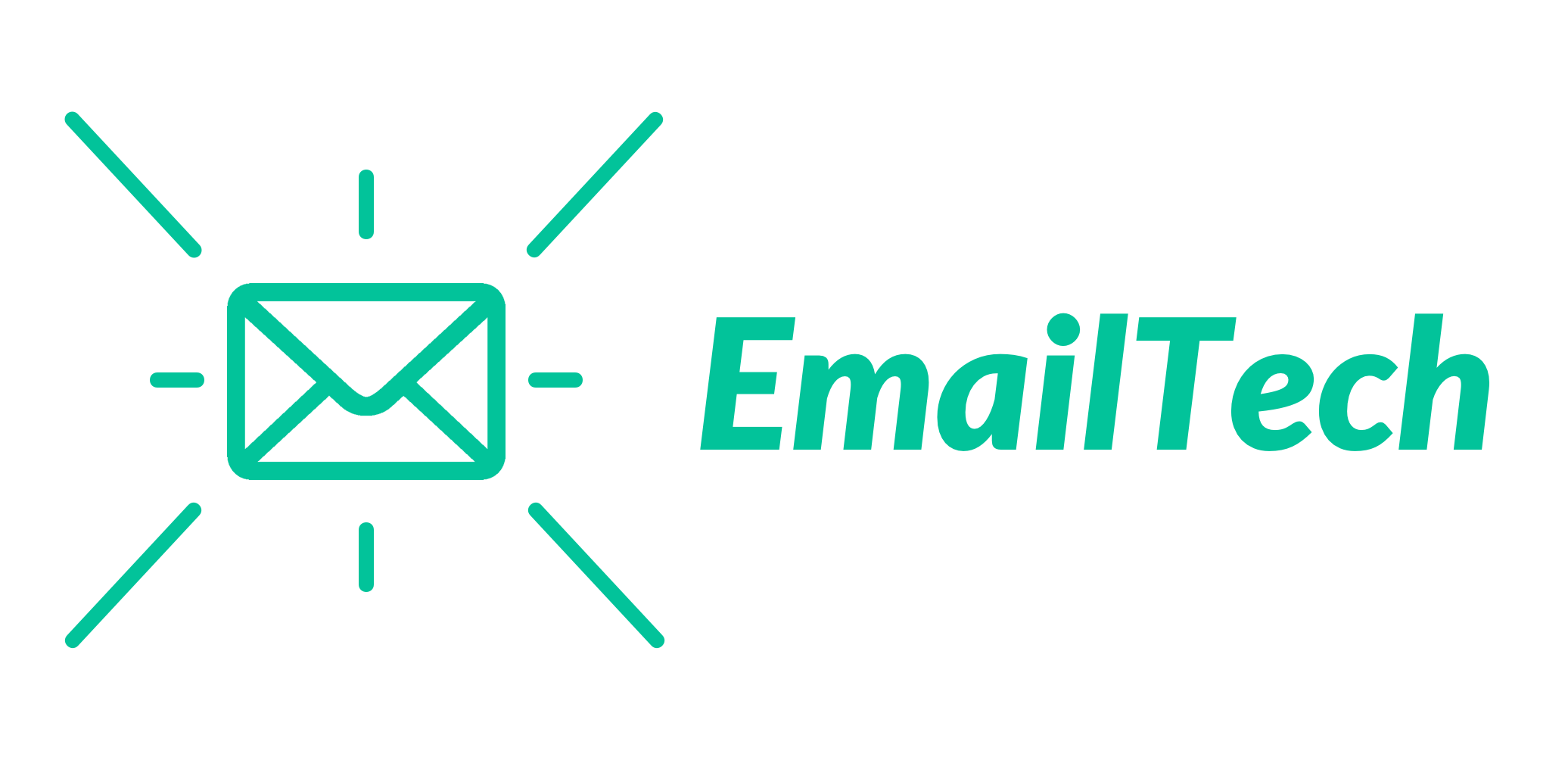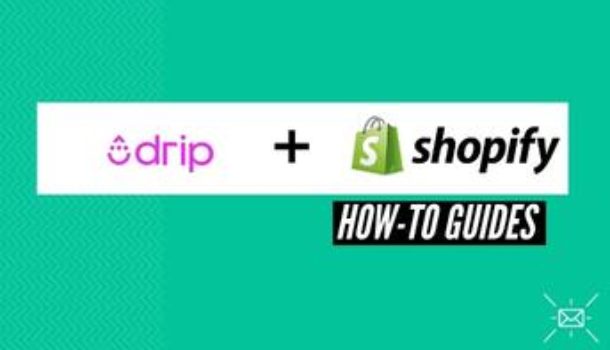The Shopify app has made ecommerce store management a breeze. However, to enjoy the full capacity of the app, you want to pair it with other useful features. One way you can do so is through the Drip Shopify plugin integration.
With this integration, you will be able to pair your store’s impressive ecommerce features with the email marketing features to optimize awareness about your brand and ultimately, draw in more customers and revenue generation. Amongst the top rated marketing tools to pair with your Shopify store is Drip.
The email marketing tool makes it to the top list for a reason. Whilst it offers great email marketing and automation features – what makes Drip unique is its advanced CRM features and multi-channel marketing. With Drip’s multi-channel marketing ability, the platform ensures it catches your target customer’s attention through any of their activities on your store.
To allow you to make full use of the multi-channel communication and marketing, Drip uses its extensive CRM features that track, analyze, and understand your customers. However, before we dive deeper into these mechanisms and explore just how the Drip platform can accentuate revenue generation and customer engagement in your online store – it is worth learning the basics.
In this case, learning how to seamlessly integrate the Drip Shopify plugin with your store. In the guide below, you will learn how to execute this integration step-by-step.
Key Drip Features
Before we talk about the actual steps for the Drip and Shopify integration, it is worth pointing out the key features that come with the platform. As pointed out earlier, Drip is equipped with impressive multi-channel marketing and CRM features.
Nevertheless, to be able to enjoy these features, the platform is curated with other key features that facilitate the CRM and multi-channel marketing performance. These include contact syncing, attribute mapping, opt-in forms, and tracking.
Contact Synching
As soon as you connect your Shopify store with Drip, key customer data collected through your store will be synced with your Drip account. These include the customer list and order list. Additionally, Drip will automatically install your Drip JavaScript snippet into your stere’s theme and install a javascript snippet to track product views.
Furthermore, Drip creates a new profile fr each Shopify customer with an email address to make it easy to initiate campaigns. The customer synching feature directly affects your Drip billing as well. This mechanism however comes with the advantage of preventing you from overpaying for your billing.
This is because, after the integration, all Shopify customers are synched to Drip. Thus, your Drip billing will be based on your number of customers (synched) and it will increase as the customer number increases too.
Attribute Mapping
Using the Drip’s attribute mapping capacity, you can turn your visitors into actual customers. The attribute mapping features doesn’t only allow you to track customers with true/false data. The mapping actually offers useful and tangible information that allows you to build workflows based on it.
A very good example of when these features come into play is through the shopping cart abandonment workflows and emails. You can create campaigns that are fully customizable and target cart abandonment campaigns. Additionally, you can even use the shopping cart abandonment URL on Shopify and even include the actual products to enhance the campaigns.
Single/Double Opt-in confirmation
Furthermore, the Drip platform offers detailed opt-in forms with checkboxes, consent requests from customers, and double opt-in confirmations which require the customer to confirm via email. That’s the only way they can be added as subscribers.
This design doesn’t only help to weed out customers that are not serious about your business, but, it’s a great way to ensure you have customers that are committed to the brand. After all, who would want to go through a long sign up process without being keen on the services you offer. Furthermore, some countries and regions such as the EU have a mandate for double opt-in confirmation for sites.
The EU Global Data Protection Regulation mandates that an ecommerce store offer a double opt-in confirmation. However, for a business that doesn’t have customers in these restrictive areas and wants to maintain a sign opt-in confirmation, Drip offers a way out. You can filter out the subscribers through different means such as their time zones and checkboxes on the sign up forms.
Tracking
The Drip Shopify integration enjoys excellent site tracking features as well. Whether it’s through customer activity such as product views or an abandoned cart. Furthermore, Drip offers four key revenue dashboards that allow you to track your online store 24/7. These include the account dashboard, campaign dashboard, workflow dashboard, and broadcast dashboard.
With the account dashboard, you will get a standard look at analytics such as subscriptions and first time site visitors. In the campaign dashboard, you will be able to track how effective your campaigns are.
With the workflow dashboard, you will get a clear picture and insight into how workflows are performing and enhancing cash flow – these include data such as revenue per subscriber and average purchase time per subscriber. The broadcast dashboard allows for deeper scrutiny of multichannel tracking tools.
How To Set Up The Integration
The drip Shopify integration is extremely easy to execute and only takes minutes. To integrate Drip with Shopify, follow the steps below;
- Log into your Drip account
- Click on the Connect your store option n your customer dashboard
- Select Shopify and you will be redirected to the integration page
- Enter your Shopify store credentials and click Add
- The integration will begin to sync and a success message will appear on the Shopify integration page in Drip when the connection is done
- Once the integration is complete, your customer list orders and products will automatically synch to your drip account.
In addition to the direct integration, you can integrate your Shopify store and Drip account through other platforms such as Piesync, Automate.io, and Zapier. Whilst Piesynch is only designed to facilitate contact synching, the other two platforms are designed to only facilitate select triggers that you want – and not the full integration you would enjoy from the direct native integration.
Comparison With Other Shopify Integrations
The Drip platform focuses its functions on multichannel marketing and CRM to enhance its email marketing functions. As a paid platform, it comes with the advantage of cost-effectiveness – or should I say the freedom to only pay for the services you use.
In addition to the 14-day free trial to try out the platform, the integration costs a minimum of $19 per month for 500 subscribers. This amount increases as your subscriber list increases – meaning you will only pay for the subscribers you have. Alternatively, you can opt for the integration through other apps such as Piesynch and Zapier which cost as low as $5 per month.
However, with these platforms, you will not enjoy all the necessary features and triggers that come with native integration. An email marketing tool such as ActiveCampaign doesn’t an excellent job at ecommerce automation as well. Similar to drip, it has a powerful CRM infrastructure and comes with numerous pre0-built automations.
You can sync your contact tools, calendar, and emails through the CRM system for easier workflows. Furthermore, the platform features a visual workflow builder to manage any automatons. When it comes to the cost, the ActiveCampaign integration is available with the minimum of the Plus plan which costs $49 per month.
As your subscriber list increases, you may have to go for the Professional plan or Enterprise plan which cost more. Alternatively, if you want to enjoy exceptional tagging and subscriber management features, you may opt for the ConvertKit app. The limitation to the ConvertKit Shopify integration is that it costs a little bit more – with a minimum of $29 per month.
Conclusion
The Drip Shopify integration works for countless businesses thanks to its multi-channel marketing features and CRM. Thanks to this design, your store will enjoy automation for every customer action to ensure customer engagement and increased sales revenue. However, as mentioned above, Drip has competitors too.
The ActiveCampaign platform for example works better than Drip when it comes to more advanced yet simple to execute workflows and CRM features, however, it doesn’t compare to Drip multi-channel marketing.
Similarly, ConvertKit offers exceptional tagging and subscriber management, but, it doesn’t offer the best CRM and multi-channel marketing features. Nonetheless, the Drip platform also comes with the advantage of being both affordable and cost-effective.
In addition to being a low-cost option, the platform will only charge you for the customers you have rather than grouping the costs in pre-packaged plans. Sure, there may be slight variations such as the 1000 Convertkit subscribers vs the Drip’s 500 subscribers with their minimal subscriber costs, but, overall, Drip is a much more affordable option.

